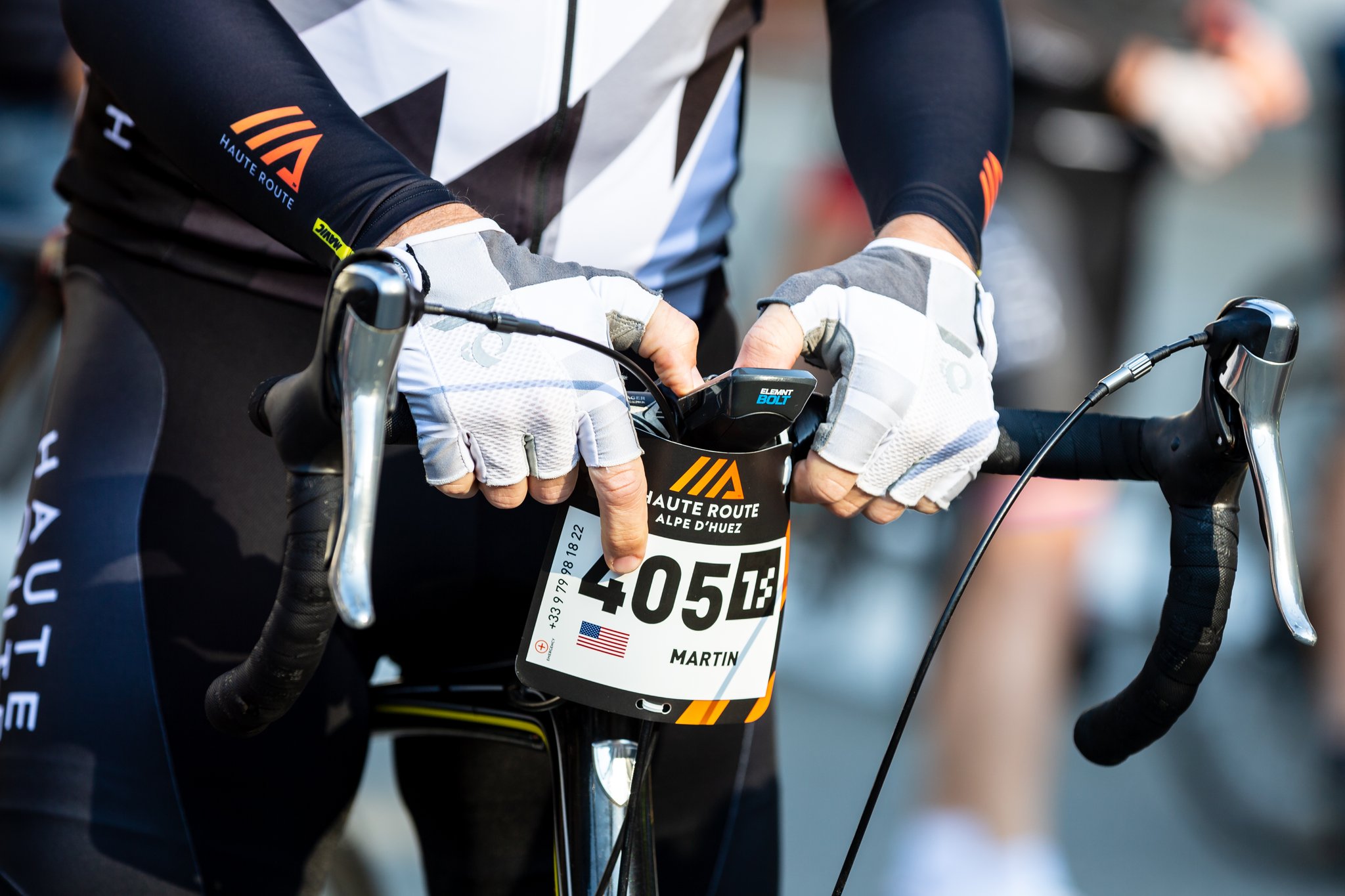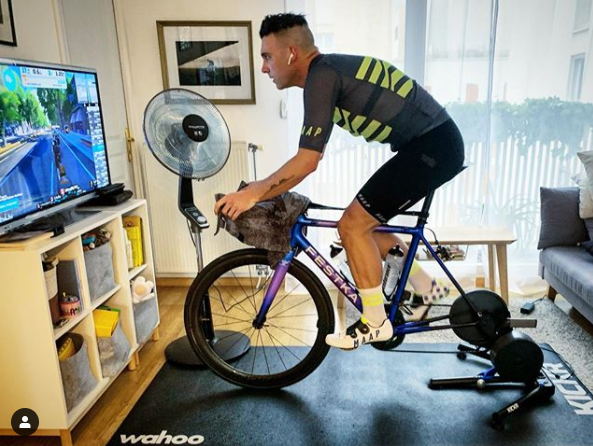Power meters have revolutionised the training game for amateur and pro cyclists alike. Measuring your power output allows you to get a more holistic picture of your efforts and optimise your training accordingly. But only if you know how to use it.
Words: Jakub Novak
A power meter can be a powerful tool for your training, but it is only useful if it’s used correctly. Here are the basic tips for training with a power meter:
1. ESTABLISHING THRESHOLD & TRAINING ZONES
The main benefit of training with a power meter is the instant and consistent data that it provides. But before you start analysing or training with a power meter, you need to have the right data and information about your current fitness. In order to get the right data and information, you need to know your threshold power (FTP) and calculate your training zones.
Threshold power (FTP) can be estimated by doing either a ramp test using a smart trainer (ZWIFT or other). Second option is to do a 20 min all-out full effort test on a consistent segment. Take the average power and multiply it by 0.95 and you’ll get your FTP. There are also online calculators that can help. Your threshold power is constantly changing and therefore you need to ensure that you are always training relative to your FTP. Perform these tests every four weeks and adjust your FTP accordingly.
Once you know your FTP, you can use structured workouts built by coaches or platforms. All structured workouts on Zwift or other platforms are based on a percentage of your FTP. When your FTP increases, your workouts and training zones increase as well, so the same workout should always feel relatively the same regardless of your fitness - hence the importance of knowing your actual FTP.
If you want to establish your own training zones, there are multiple calculators out there. The most important training zones are recovery zone 1 (40-60% of FTP), endurance zone 2 (65-80% of FTP) , sweet spot zone 3 (85-95% of FTP), threshold zone 4 (99-115% of FTP), and neuromuscular power zone 5 (+200%).
"With the right training zones, you can now use a power meter to train different energy systems and emphasise focus on certain training zones."
2. TRAINING WITH POWER BASED ON TRAINING ZONES
With the right training zones, you can now use a power meter to train different energy systems and emphasise focus on certain training zones. If you're aiming to complete your first gran fondo or any other cycling event, you're going to need to develop a specific energy system.
If you are going to spend 99% of an event below your FTP as is typical for Century Gran Fondo events, you need to develop your aerobic (oxidative) energy system. You should therefore primarily focus on “zone 2” and “zone 3” with some days just touching on “zone 4”.
In general, it’s important to focus on different training each day throughout a week as this will give you an ideal composition and variety of your training. As an example, one day you can focus on low cadence efforts performed at zone 3, another day on increasing your FTP by alternating between zone 3 and zone 4, and another day solely focused on endurance by staying in zone 2. This will enable you to perfectly spread your energy throughout the week and consistently increase fitness from different angles.
Related - Is glucose monitoring the next big training tool?

3. ANALYSING POWER METER DATA
Once you complete your training and have the correct data from your power meter, you can now analyse it. Most power meters have their own data analytics apps, but some apps like TrainingPeaks (TP) allow you to save and analyse your training in detail.
If you are looking at individual training, you can see how much time you spent in each training zone, which will correlate to the particular energy system you’re focusing on. Additionally, you can see how hard your training was objectively by Training Stress Score (TSS). If you monitor your heart rate with power, it will allow you to track aerobic conditioning. If your HR drops for the same power, you are becoming more efficient.
Power meters also help cyclists to learn how to pace effectively. If you see your power is not very consistent throughout an effort or a hill, you are probably pushing too hard.
Once you accumulate more training data over the weeks and months, you’ll get even more useful insights, like training load and fatigue, allowing you to better predict training peaks and prepare for your next big challenge.
About Jakub Novak
Jakub Novak is a head coach at ProCyclingCoaching and former World Tour cyclist. As a pro cyclist, Jakub rode for BMC Pro Racing Team, alongside Tour de France winner Cadel Evans or World Champion Philipe Gilbert. Jakub is a qualified coach and delivers remote coaching programs and training plans to all levels of cyclists.








